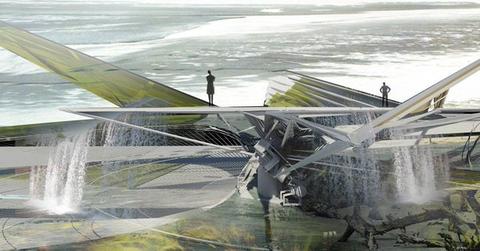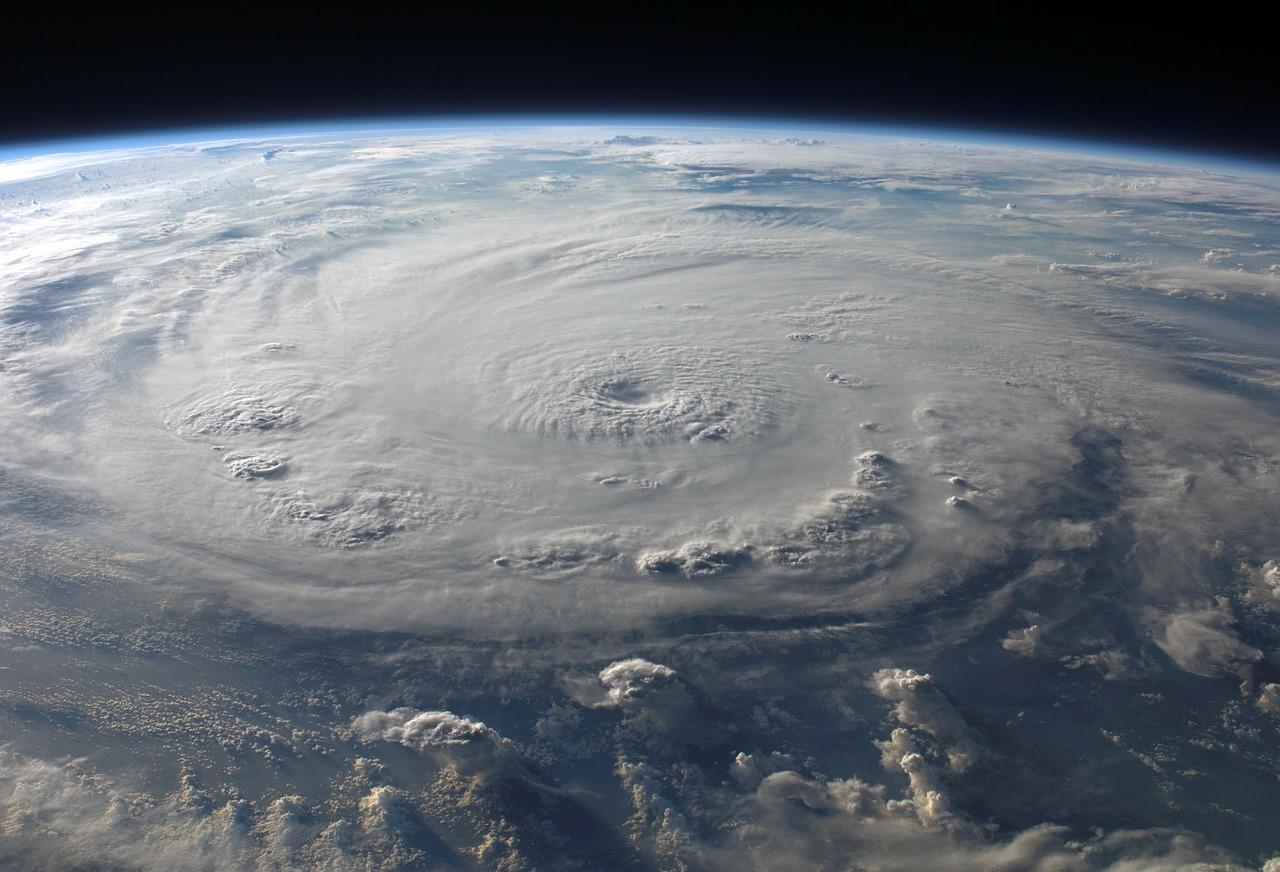This Futuristic House Actually Gets Stronger As Hurricanes Pass Through
Margot Krasojevic Architecture has created a new home that enforces its grip on Earth as hurricanes make impact. It's able to dig a hole into an artificial island while maintaining its structure, and it also purifies floodwater to helps restore damaged land.
Updated Nov. 19 2020, 9:38 p.m. ET
With multiple hurricanes affecting many communities in the United States and surrounding areas this year, we’re finding ways to avoid complete disaster from these powerful storms. Some are turning to improving the energy infrastructure so it remains reliable through the high winds, and there’s some building structures that are hurricane-proof. Another concept is a spinning house that actually anchors itself into the ground when storms arrive.
Margot Krasojevic Architecture has constructed the Self-Excavation Hurricane Home, located on an artificial island along the Louisiana coastline. This is an area that’s been prone to consistent hurricane activity. It’s an ideal location for the unique home because, unlike most structures, this actually thrives when hurricanes roam through.
When the storms make impact, the house spins along a retaining wall, which holds soil back underground. A concrete anchor holds the structure down, and there’s cables underneath it that dig a hole when it’s in the process of moving. Since hurricanes always spin in the same direction -- anticlockwise in the northern hemisphere -- it’s able to work each and every time.
How does the building hold together while spinning? The walls are rubber-coated and have the flexibility to adapt to movement. In order to maintain its form, there’s a concrete frame that holds everything in place. It’s a lightweight structure that’s able to move along with the hurricane, yet has enough resistance to avoid being damaged in the process.
“The force of the hurricane does not exert extreme pressure build up as it skims over and around the entire building, whilst the building's movement reflects the force dissipating it as the scheme twists,” the architectural firm explains to Archello. “The building's dead load gives it resistance to turn slowly enough when exposed to sustained winds over 70 miles an hour without causing further damage to the structure, but fast enough to avoid the hurricane's full force.”
Excess water from massive rainfall is drained away from the structure and into deeper soil on the artificial island. Macrophyte plants help restore the land and purifies floodwater so pollutants don’t affect the habitat around it. Solar panels are located on the island’s floor and surrounded by turbines to keep the power running.
Back in 2014, Margot Krasojevic Architecture created a hydroelectric tidal house that also took advantage of its landscape. The building created its own power with solar cells and tidal waves crashing on top of extruded turbines. One of them compressed air from the waves while the other used magnets going through wound copper wire tubes to create energy.

